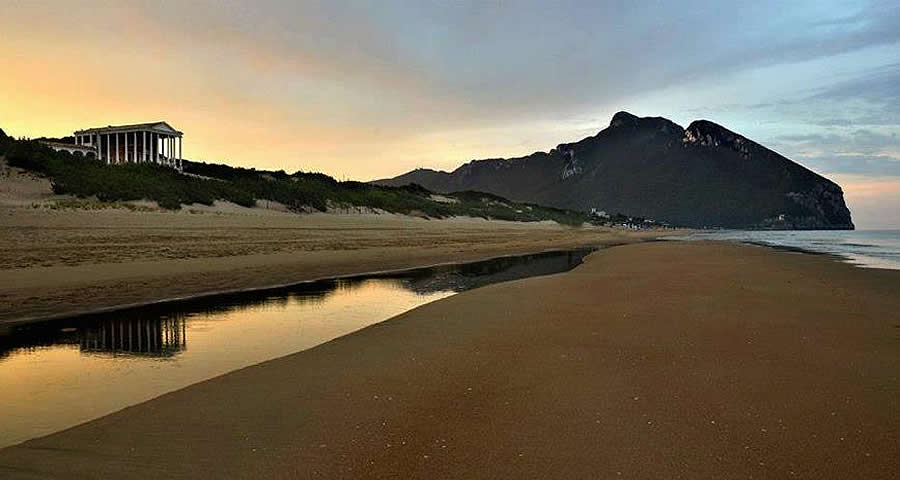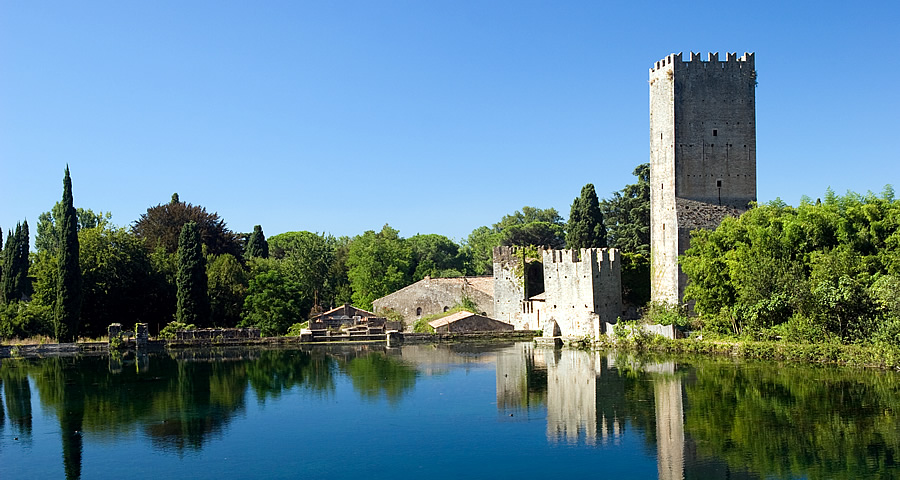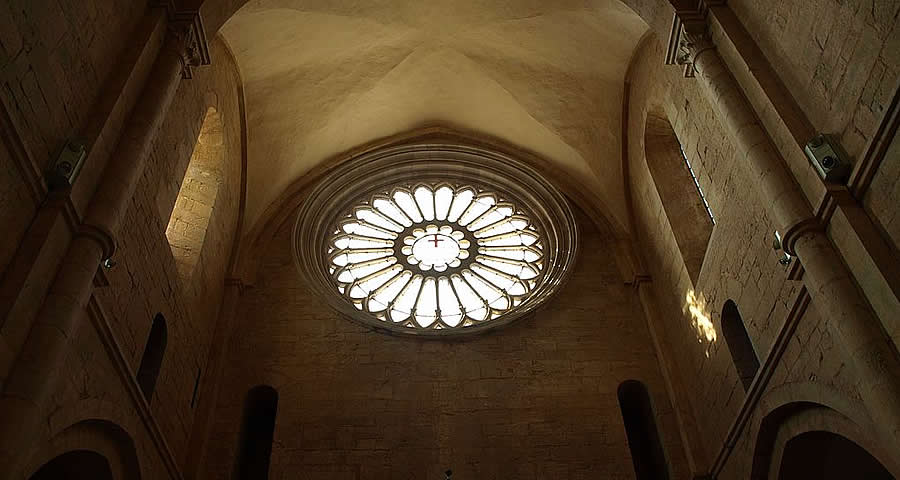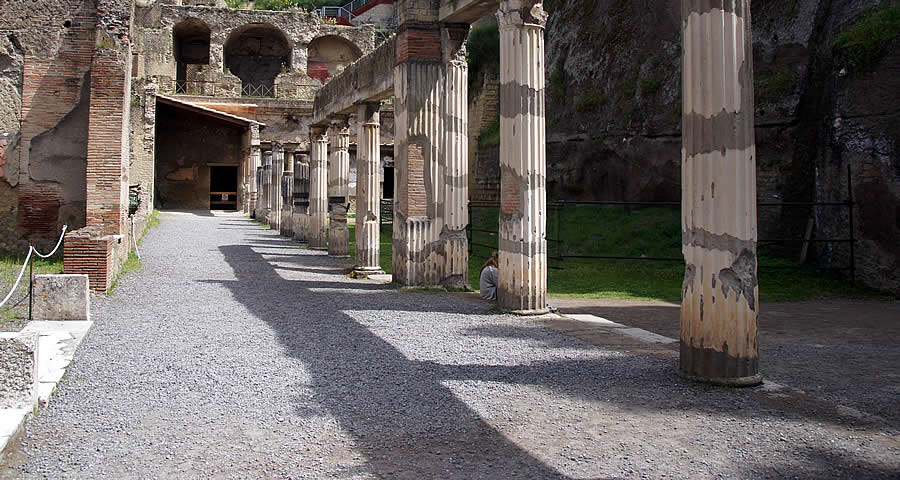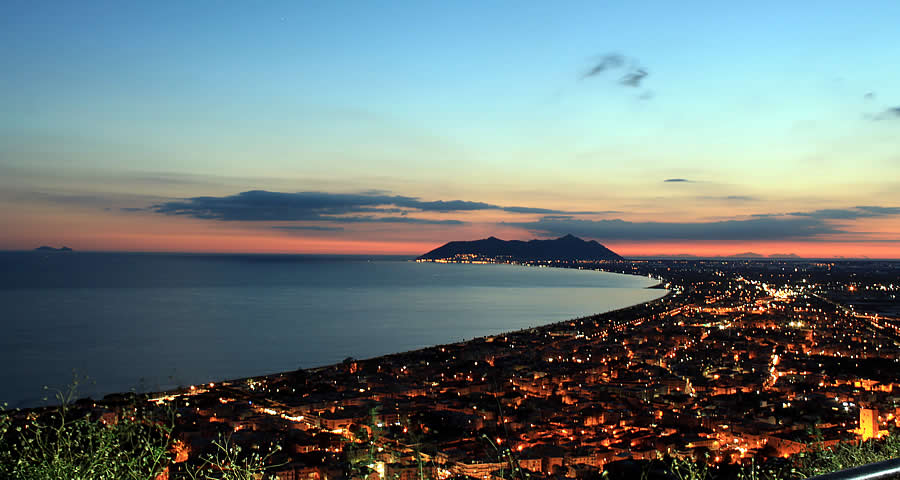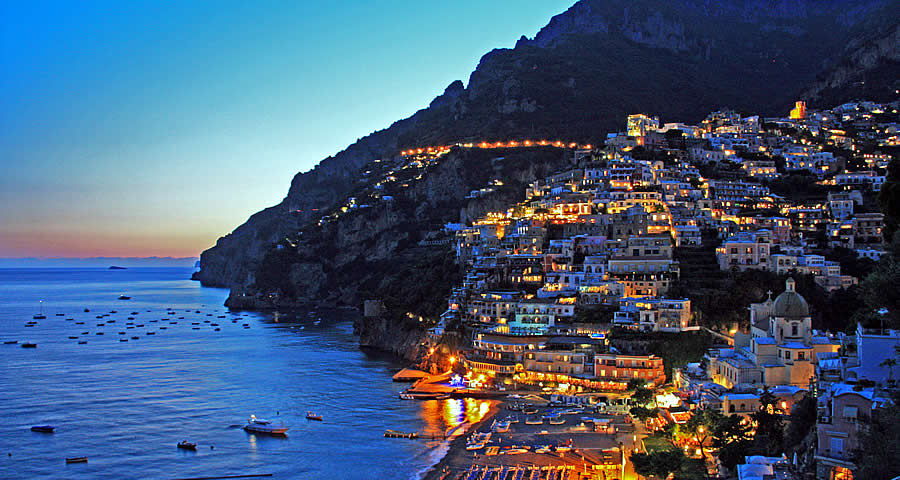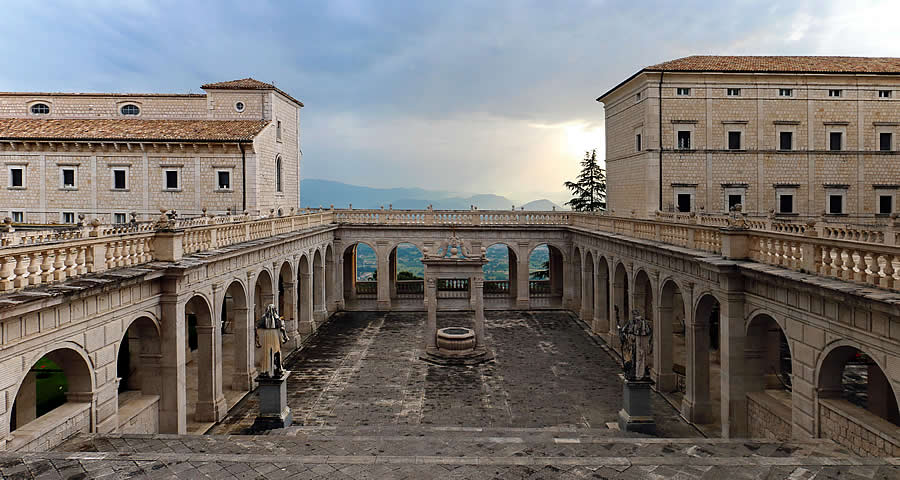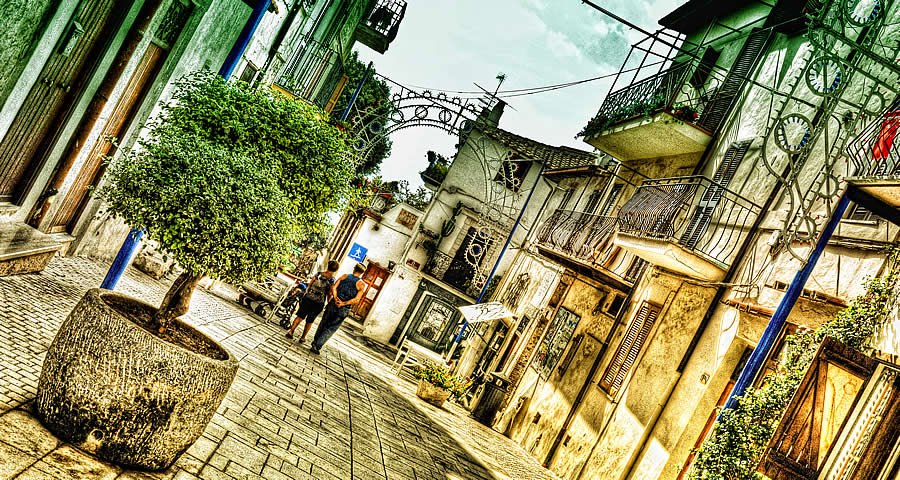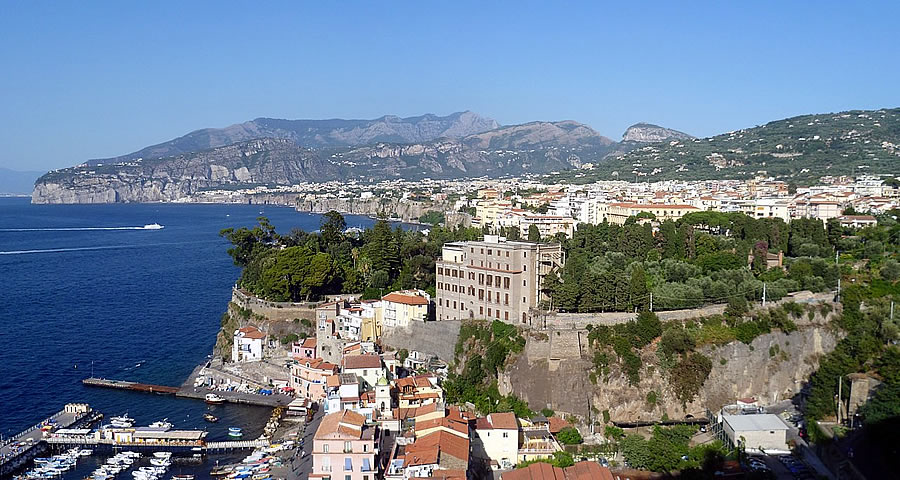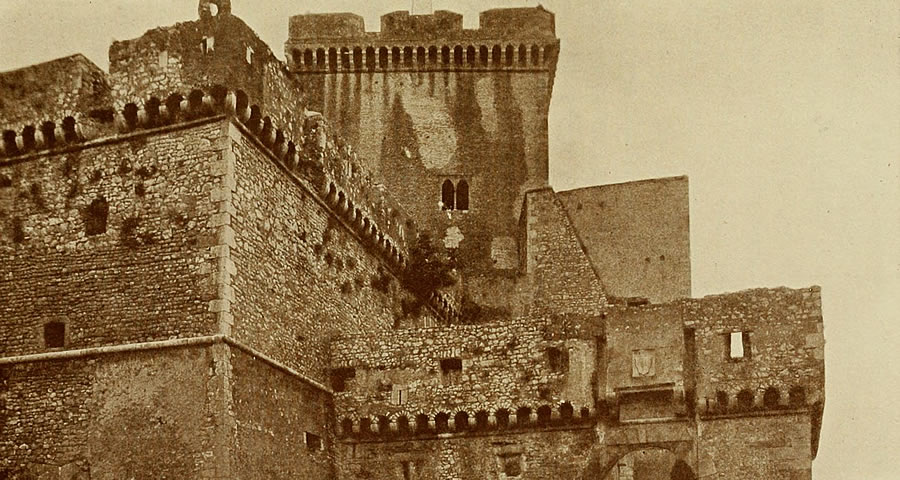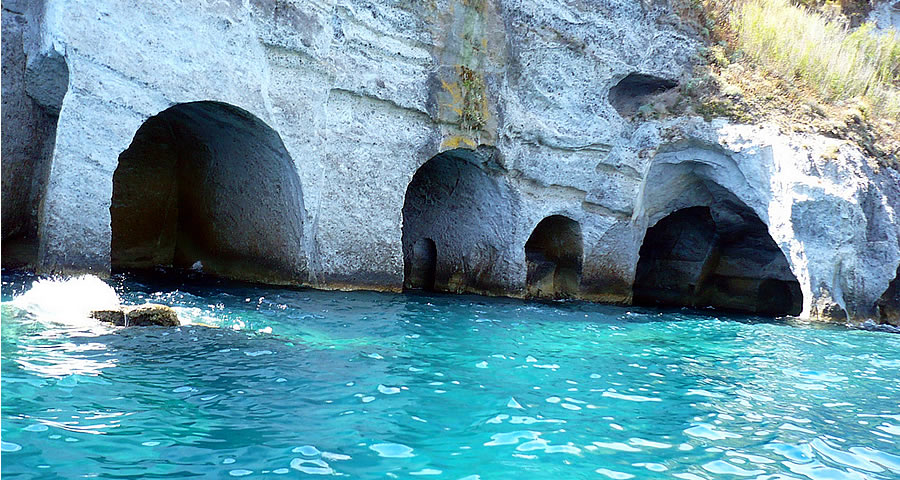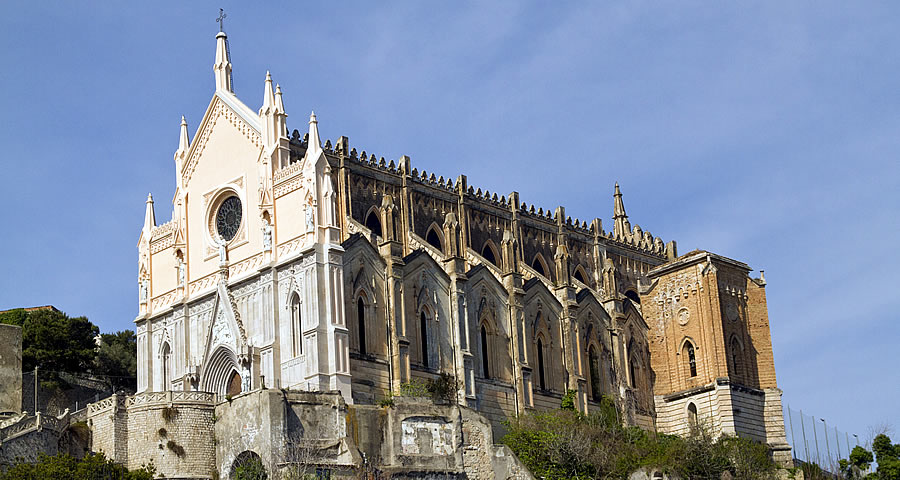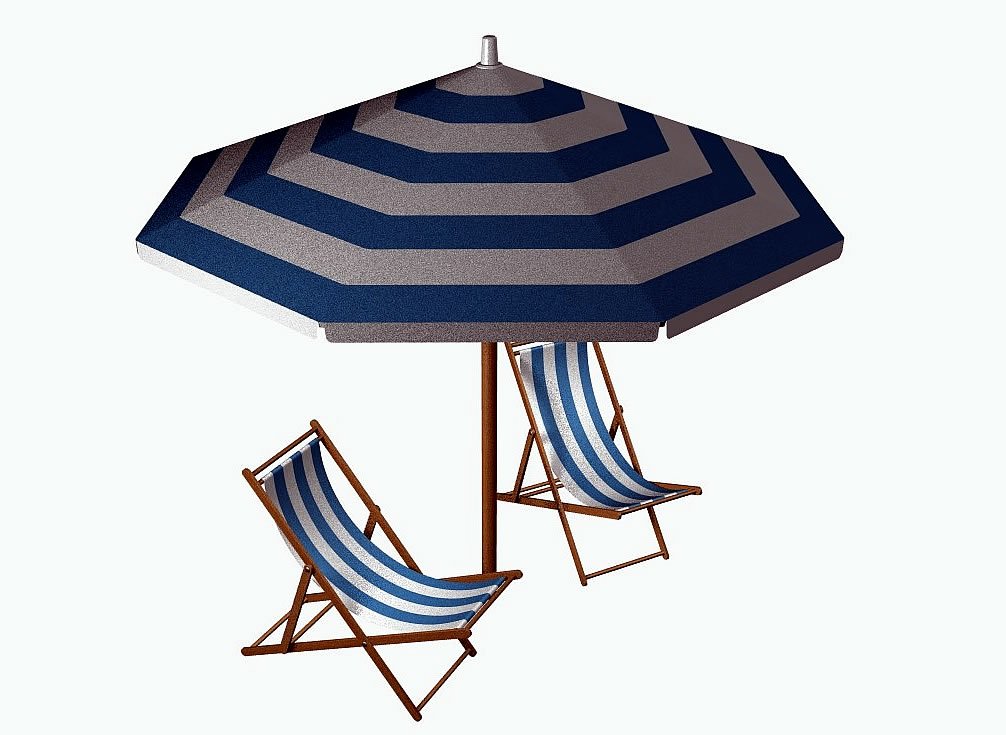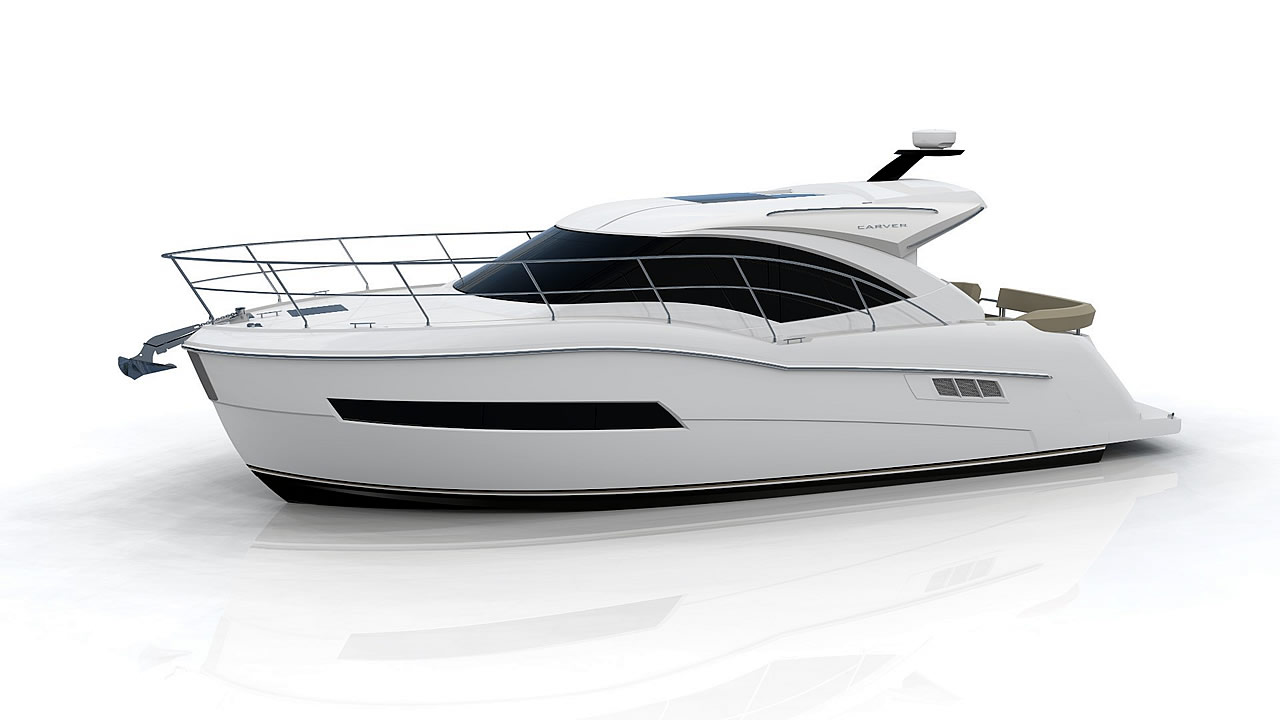Sperlonga fishing town visit Tiberius Villa day beach summer holiday

Sperlonga fishing town visit Tiberius Villa day beach summer holiday
Castled to the peak of a rocky spur marked from an ancient Tower ( Truglia ).
Sperlonga fishing town visit Tiberius Villa day beach summer holiday, preserves unchanged that taste picturesque and romantic legacy to the historical stories lived with particular intensity.
The meeting with the bathing landscape of Sperlonga becomes wealthy with that vibrating and heroic some Homeric stories or, following the rhythm of the centuries, with that of the country fortitude marinara.
The cave of Sperlonga, which once belonged to an Imperial Villa on the beach of the Tyrrhenian Sea, built between 30 and 20 BC.
The dining room was situated on the square island in the pool.
When the cave collapsed during a party, the praetorian prefect Seianus saved the life of the Emperor Tiberius.
A giant statue of Odysseus and his friends blinding the Cyclops Polypemus.
Today, it can be seen in the Museum of Sperlonga, but it used to be in the cave.
Sperlonga was an ancient Roman resort.
Emperor Tiberius built here a famous villa, including one of the grottoes which gave the name to the town.
After the fall of the Western Empire, in the 6th century, the ruins of the Imperial residence served as refuge for local people.
Later the population began to move to the nearby promontory of St Magnus, in order to escape the unhealthful marshes and the Saracen attacks.
The danger posed by the Saracens is made clear by the presence of many watchtowers all along the coast to Gaeta.
In 1534 the small center was destroyed by Barbarossa.
In the XVIII and XIX centuries Sperlonga recovered and acquired some noble residences, and agriculture flourished.
However, the touristic expansion occurred only after the opening of the coastal road Terracina-Gaeta ( the via Flacca ) in 1957.
Sperlonga's main cultural attraction is the museum erected on the ground of the former Villa of Tiberius showing many statuary founding celebrating the deeds of Odysseus.
Tiberius moved to Capri after 26 AD.
The villa included a grotto where some noteworthy sculptures, now housed in the museum, have been found.
These portrayed the assault of Scylla to Ulysses' ship, the blinding of Polyphemus, the robbing of the Palladius and Ulysses lifting Achilles's corpse.
The works have been attributed to Rhodian sculptors Hegesandros, Athenedoros and Polydoros, and are thought to be the same authors of the famous group of Laocoön and his Sons ( as attributed by Pliny the Elder ).
Yet whether the very same artists are responsible is questionable.
Some scholars believe them to be related, but not the same people; apart from Athenedoros who was the last to be credited as an artist on the Laocoon group, but first to be credited with the Scylla series, suggesting that he was the youngest during the creation of the Laocoon group, but eldest artist who worked on the Scylla group.
Furthermore, the differentiation in classicism between the two set of works implies that one preceded the other with separation, and thus that not all artists are the same people, but descendents.
The most ancient church is that of Santa Maria ( early XII century ), currently closed for restorations which have disclosed the presence of precious medieval mosaics.
Sperlonga fishing town visit Tiberius Villa day beach summer holiday is mostly a tourist town thanks to it beaches, a long beach on its west side going all the way to Terracina, and a series of short beaches and rocky cliffs on its east side towards Gaeta.
